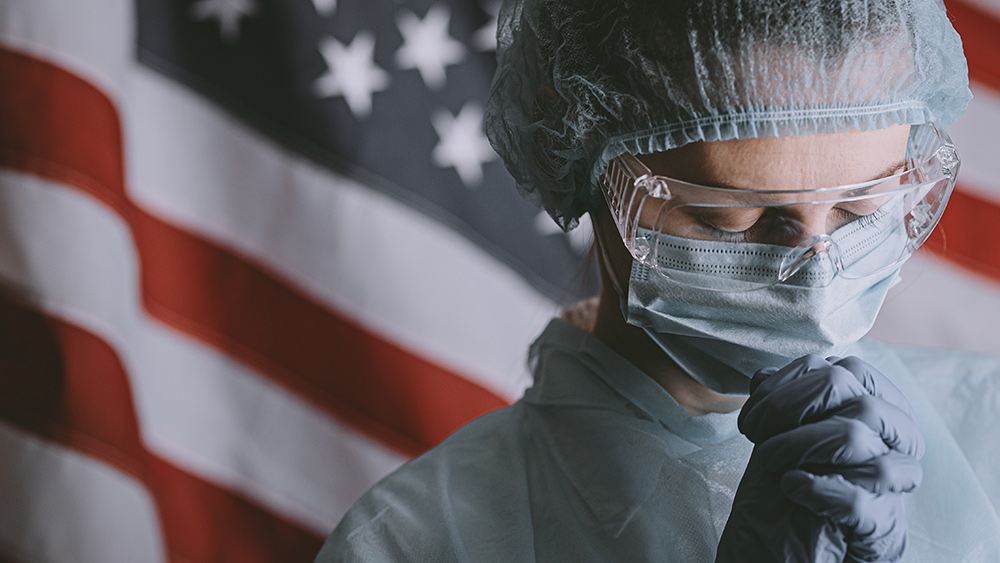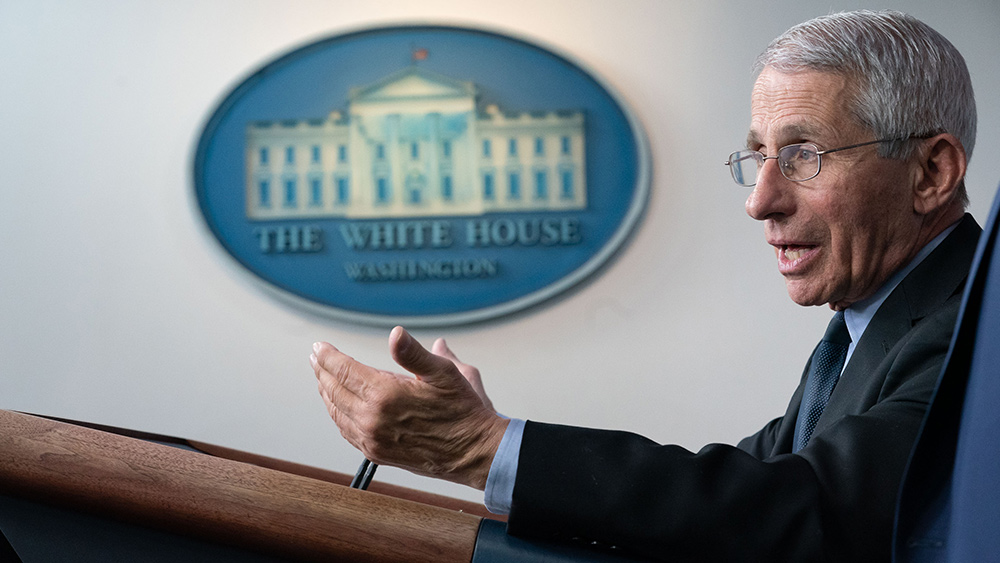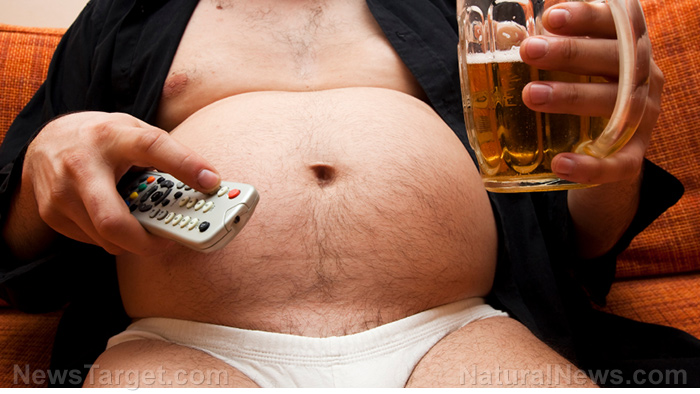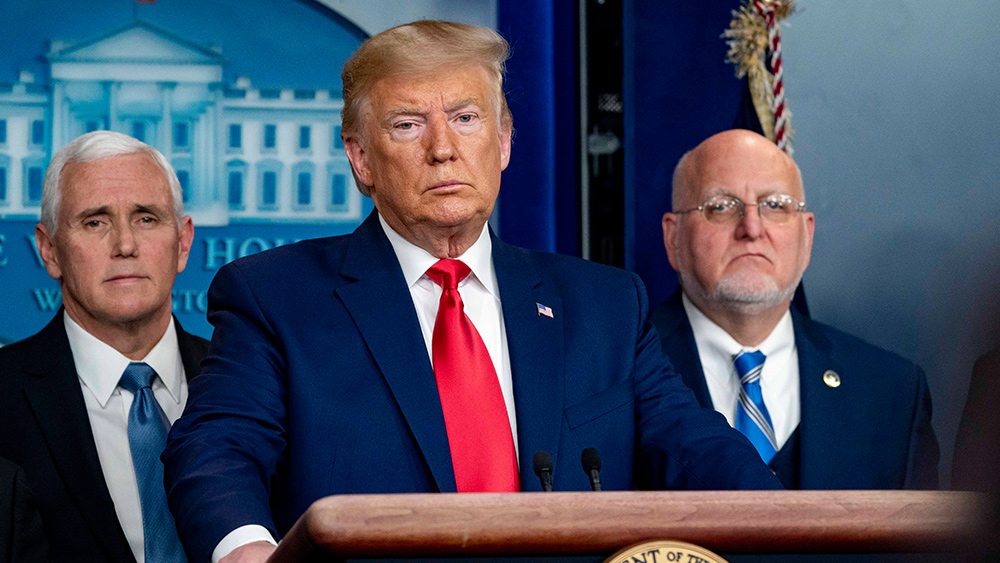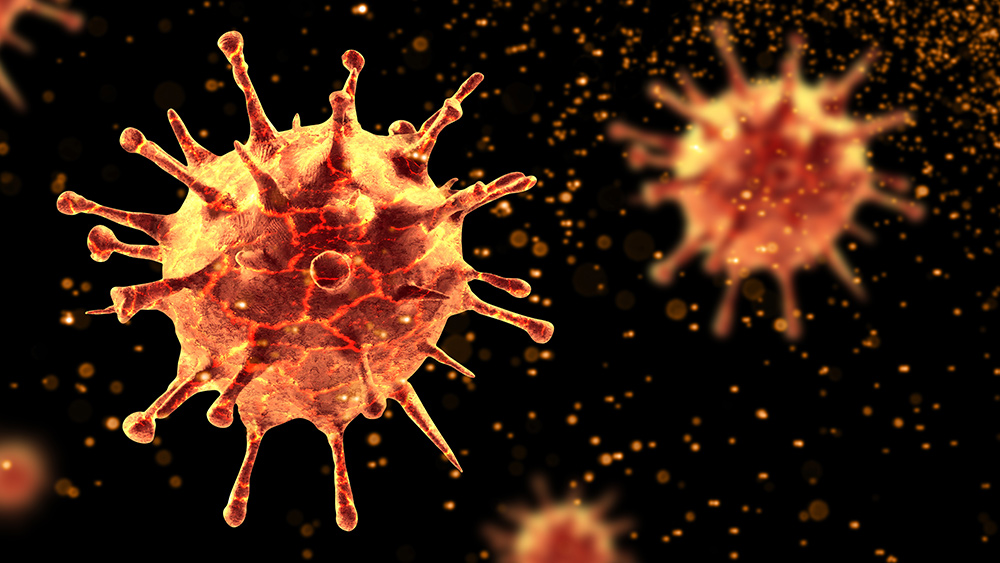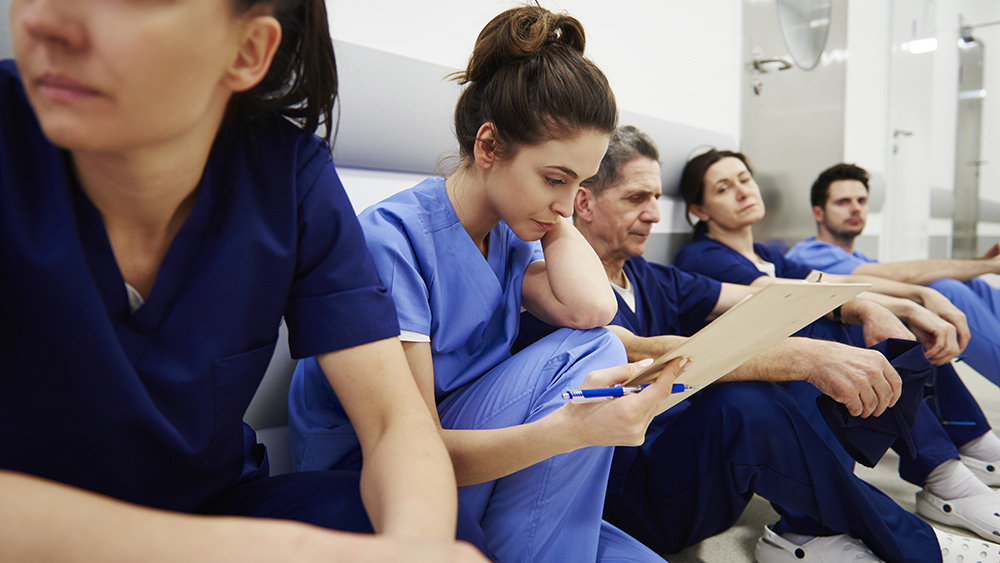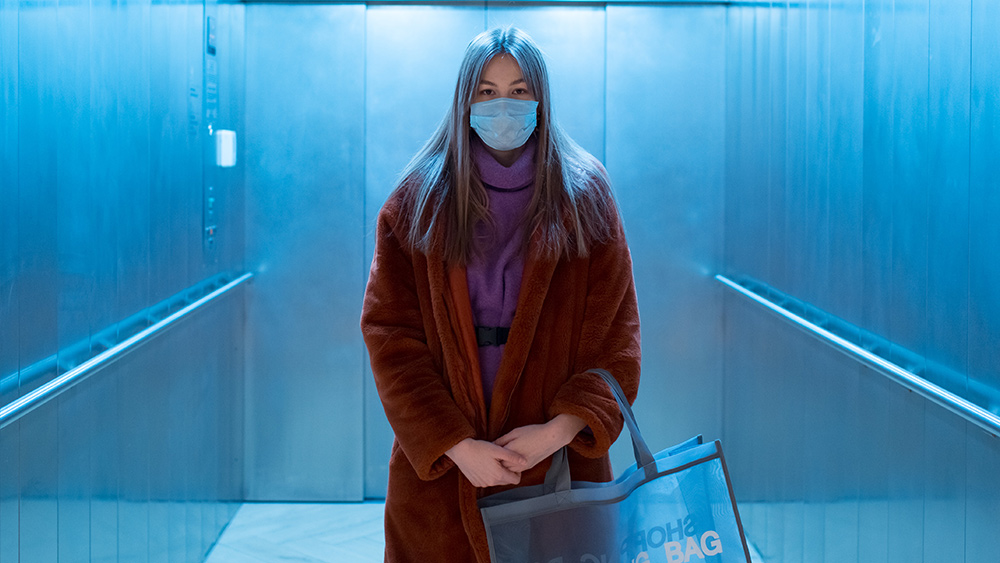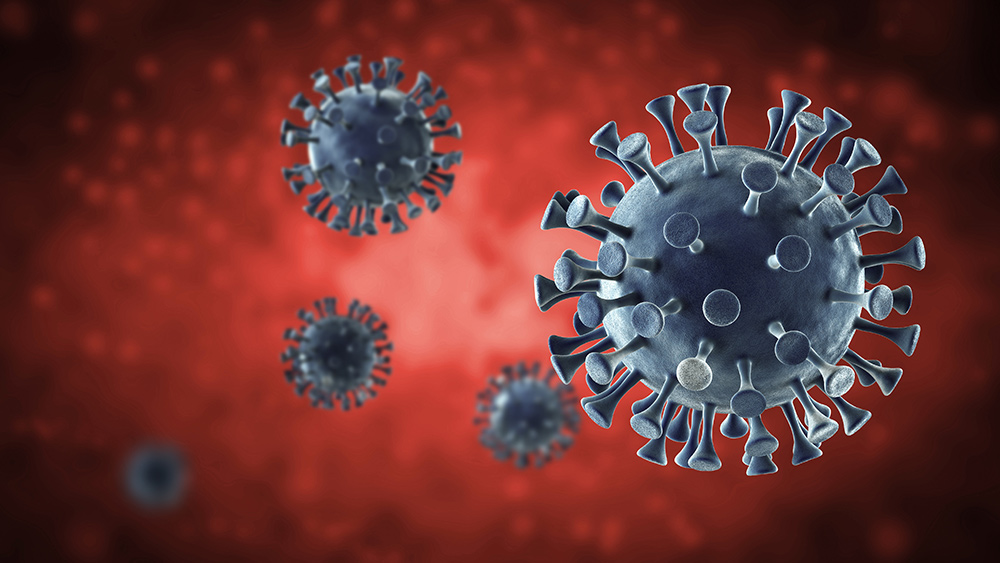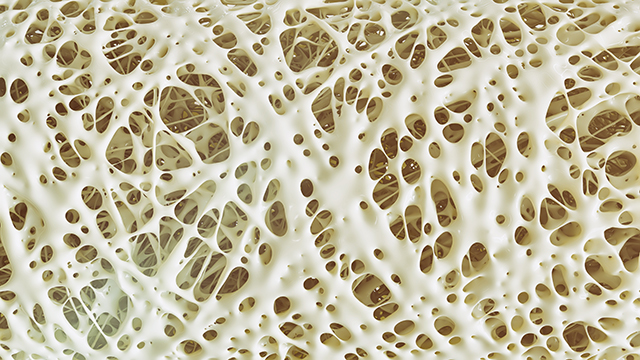False negatives on coronavirus swab tests a growing – and dangerous – problem
04/09/2020 / By Isabelle Z.
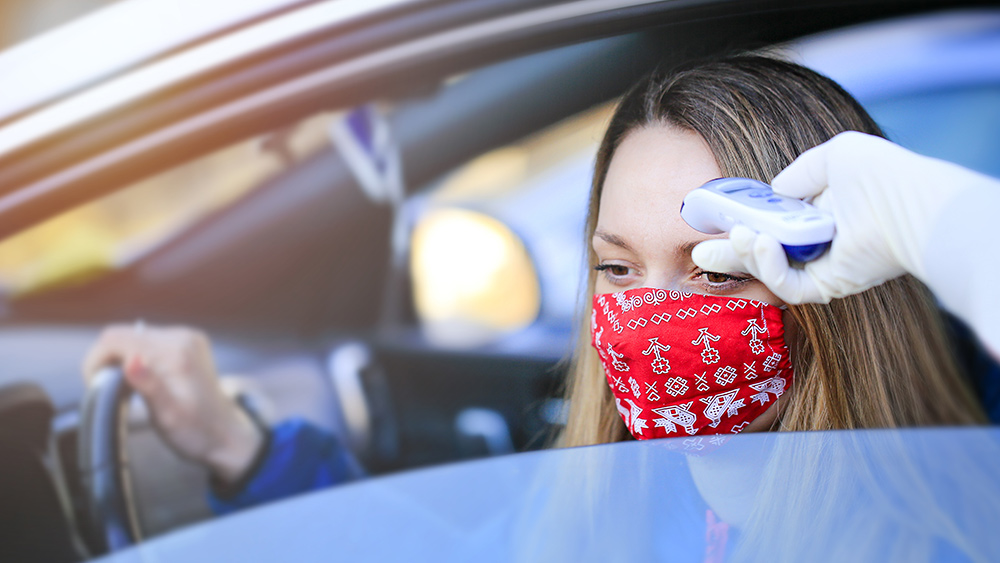
If symptoms lead you to get a coronavirus test and it comes back negative, you’re in the clear, right?
While we’d all like to believe that is the case, some experts are casting doubt on the processes used to collect samples, saying that there could be a lot of false negatives as a result.
The RT-polymerase chain reaction detection is considered the gold standard for testing. However, it can give people a negative result despite actually having the disease if the sample isn’t taken correctly. Although coronavirus forms in the lungs, it can sometimes sit inside a cavity between a person’s nose and throat where swabs cannot reach.
On top of that, hospitals and drive-through testing sites are seeing so many patients these days that healthcare workers may not be able to spend the amount of time needed to get each individual sample properly.
Moreover, the rush of tests can sometimes mean samples aren’t being stored properly and kept at the appropriate temperatures, which can cause them to degrade before they have a chance to get tested.
Timing can also come into play. If a test is carried out too early or even too late, the virus might not be detected. When the sample is collected too early, there might not yet be enough of the virus for the swab to pick up its particles. When it’s taken too late, on the other hand, the virus levels may be on their way down, which means not enough may be left to be detected.
The test, which experts claim is very good when performed correctly, uses a long swab to enter a person’s nose and take samples from the upper part of their throat. But for some people, the virus could be sitting in the nasopharynx, which is situated between the nose and the throat – and it’s a place swabs simply cannot reach.
The growing number of false negatives with swab tests has some doctors calling for chest CT scans to replace them as the go-to way to determine if someone is infected. In these images, fluid can be seen in the lungs in those with the virus. It often appears as white patches in the lower corners of a patient’s lungs. Similar abnormalities could be seen in people with SARS and MERS.
How many people could be spreading coronavirus unwittingly after testing negative?
Although it’s not known how many tests are actually producing false negatives, one of the biggest manufacturers of tests in the country, Roche, has said their coronavirus tests have a sensitivity of 95 percent. This may sound high on the surface, but it still means that it could miss around 5 percent of infected people.
Yale University medicine professor Dr. Harlan Krumholz wrote in the New York Times that research from China shows a false negative rate of around 30 percent. He stated that some lab medicine experts he knows are concerned that the rate in the U.S. could be even higher than that.
This is why many medical experts are advising people who test negative for COVID-19 but have symptoms that are consistent with the disease to continue to quarantine until their symptoms go away and consider getting retested. And many patients with these symptoms are being given the same treatment they would had they tested positive, just to be on the safe side.
It seems like every day we learn more about the ways this disease is so dangerous. It remains absolutely essential to keep your distance from others, symptoms or not, and wash your hands and surfaces frequently. Even if you’ve tested negative for the disease with a swab test, you could be putting others at risk.
Sources for this article include:
Tagged Under: coronavirus, coronavirus test, coronavirus tests, covid-19, false negative, outbreak, pandemic, Public Health, research, risk

